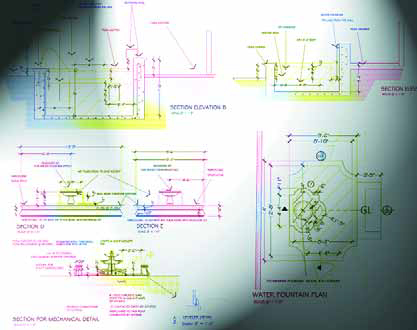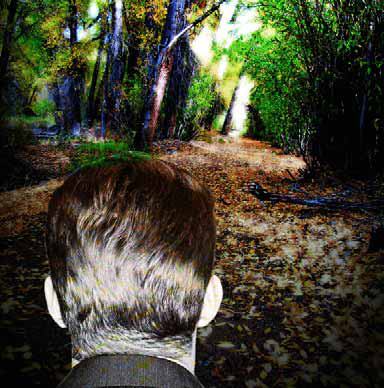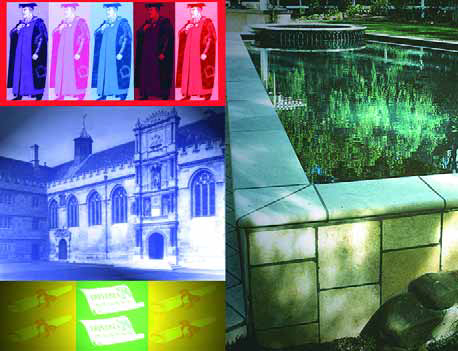teaching
What happens when you take a large group of landscape architecture students and, for a solid week, rigorously school them in the fundamentals of watershaping? You might be surprised: Even though that seems like a short span, my charges took to watershaping like fish to water when I introduced them to the subject this past spring - and the results were both remarkable and inspiring. As their instructor, I witnessed not only their keen interest but also saw ample evidence that they were applying highly refined design processes and quality design productions in their watershape-related coursework. So despite what some skeptics have been telling me for years, you actually can
When Jim McCloskey and I began working toward the launch of WaterShapes in the summer of 1998, we knew that making our new magazine into something completely different would require expert advice from top people in the field. One of the first I suggested turning to was Dr. William N. Rowley. By that time, Bill’s accomplishments in the field of
Even as one who makes a living writing and editing, it’s difficult for me to find words sufficient to describe the experience of meeting and getting to know Anthony Archer Wills. The best I can do is to describe encountering him as being something akin to
Robert Frost once wrote, "I took the road less traveled and that has made all the difference." As we approach the New Year, I can't think of a more fitting theme for the watershaping industry. If we consider where we were just ten years ago and compare that situation to the world in which we live and work today, it's clear that the industry as a whole has changed immeasurably - and, I think, for the good. I can say further and without fear of contradiction that those who have embraced the "road less traveled" and faced the future with creativity, hope and optimism have flourished, while those who have clung to the paradigms of the past are not so well positioned to
Teaching children about the science associated with the natural elements of earth, air, light and water in an imaginative, fun and engaging way is one of the key missions of modern museums of science. Conveying those concepts through a landscape, however, is a unique and ambitious goal - one we suggested to the directors of Montshire Museum of Science of Norwich, Vt., as a way of transforming the museum's grounds from ordinary exhibit space into a true laboratory for learning. During all of the early discussions of types of natural phenomena Montshire wanted us to explore, museum representatives always seemed most excited about those associated with water. They agreed with us that water exhibits could teach children about wonders as diverse as stream erosion and deposition, the reflection and absorption of light, how the pattern of water currents and flow velocities are affected by the size and shape of the water's container, how the pressure of water increases as its depth increases, and how the air temperature cools as one
It's great that more and more people in the watershaping business are interested in becoming custom designers. The way I see it, the future of the industry rests in the hands of those who strive for creativity and excellence in their work. Unfortunately, however, there are those out there who are brash enough to declare themselves "designers" without any sort of credentials to back up the claim - that is, without having done what it truly takes to



















David Tisherman